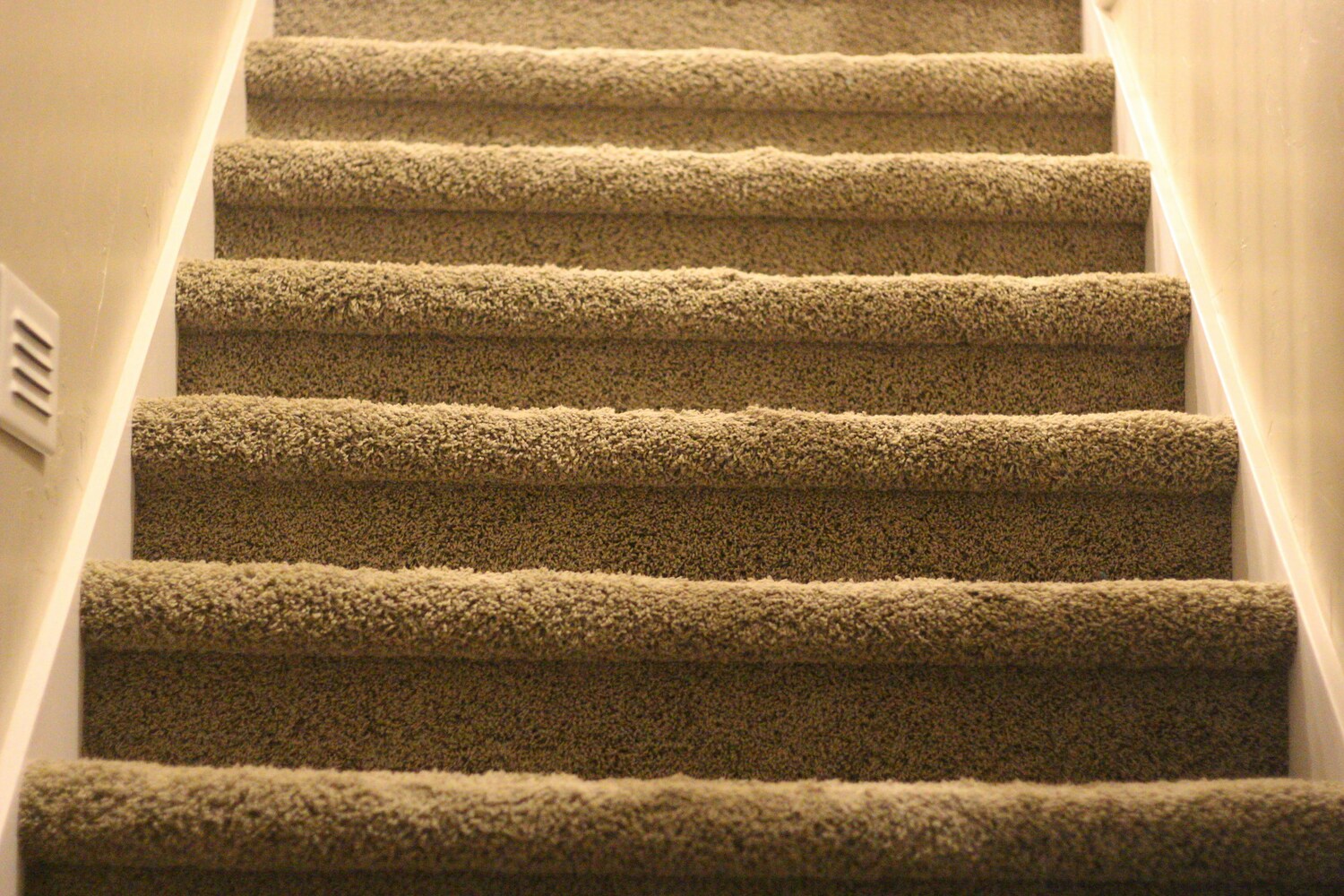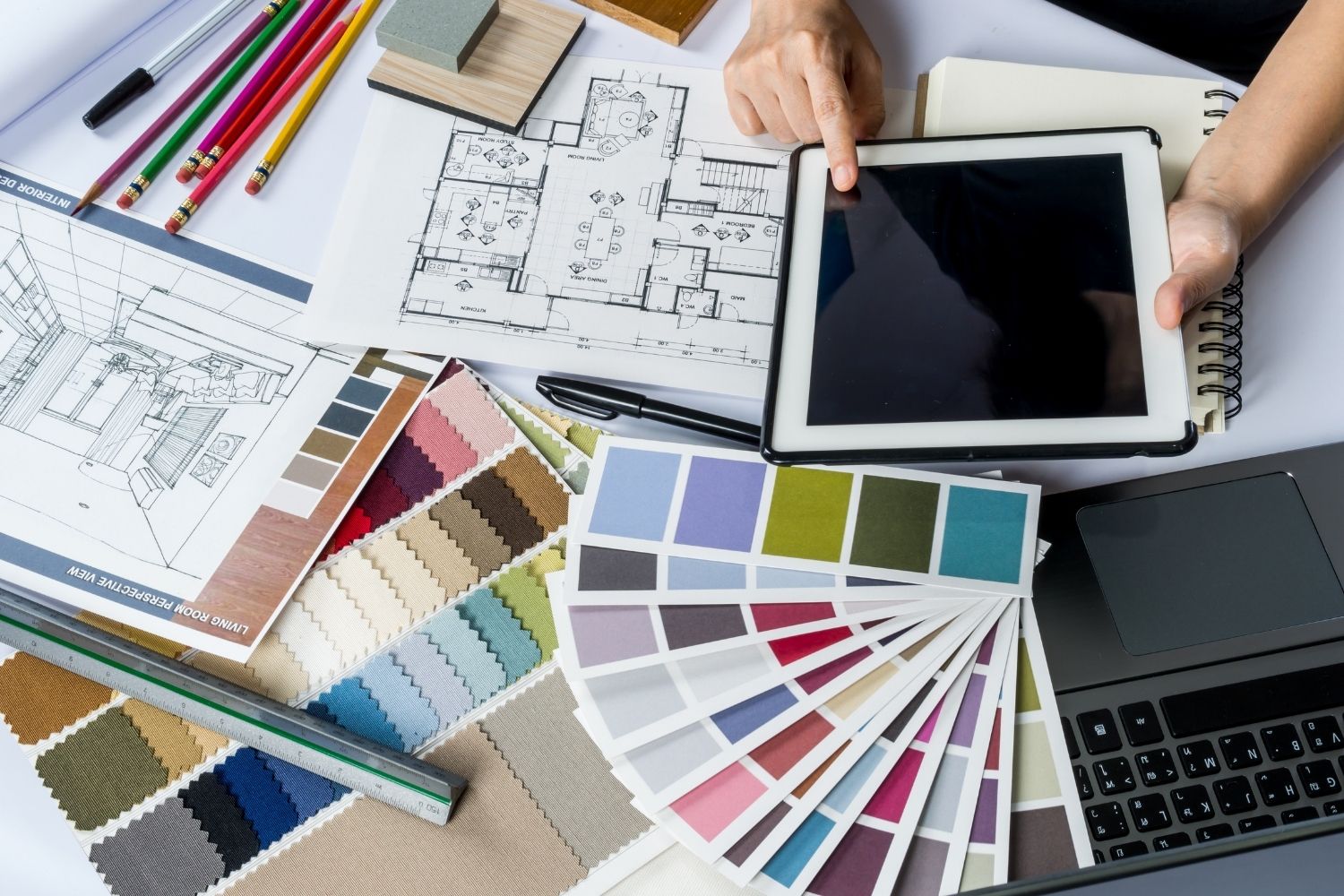- Home
- Articles
- Architectural Portfolio
- Architectral Presentation
- Inspirational Stories
- Architecture News
- Visualization
- BIM Industry
- Facade Design
- Parametric Design
- Career
- Landscape Architecture
- Construction
- Artificial Intelligence
- Sketching
- Design Softwares
- Diagrams
- Writing
- Architectural Tips
- Sustainability
- Courses
- Concept
- Technology
- History & Heritage
- Future of Architecture
- Guides & How-To
- Art & Culture
- Projects
- Interior Design
- Competitions
- Jobs
- Store
- Tools
- More
- Home
- Articles
- Architectural Portfolio
- Architectral Presentation
- Inspirational Stories
- Architecture News
- Visualization
- BIM Industry
- Facade Design
- Parametric Design
- Career
- Landscape Architecture
- Construction
- Artificial Intelligence
- Sketching
- Design Softwares
- Diagrams
- Writing
- Architectural Tips
- Sustainability
- Courses
- Concept
- Technology
- History & Heritage
- Future of Architecture
- Guides & How-To
- Art & Culture
- Projects
- Interior Design
- Competitions
- Jobs
- Store
- Tools
- More
How Tile Patterns Influence the Feel and Flow of a Space

When you think about architecture, your mind might go straight to bold structures, elegant lines, and clever use of space. But step inside any well-designed home, and you’ll quickly realize that the details are doing a lot of the heavy lifting—especially the tiles under your feet and around your walls. Tile patterns are more than just surface decoration. They’re tools of spatial storytelling. They guide the eye, define zones, and bring order—or movement—into the layout of a home.
While materials and color often get the spotlight in architectural conversations, the way tile is laid can completely shift the way a space is perceived. It’s not just about choosing a nice tile; it’s about how it’s installed. Direction, spacing, scale, and symmetry all affect how we experience a room, often without realizing it. The difference between a hallway that feels too narrow or one that subtly invites you in could simply come down to tile alignment. That’s where a thoughtful tile installation service can make all the difference—blending practical skill with architectural sensitivity.
Let’s explore how tile patterns shape flow, influence light, and define atmosphere in modern home design.
Table of Contents
ToggleThe Psychology of Pattern: Why Your Brain Cares About Tile
There’s a reason you pause when you walk into a space that “feels right.” Much of that sensation is unconscious. Humans are naturally drawn to symmetry, rhythm, and repetition—it’s how we make sense of the world around us. Tile patterns echo this logic.
When installed with intention, tile becomes a subtle language that tells your brain where to look, how to move, and what to expect next. Horizontal lines suggest stability. Diagonal patterns inject movement. Grids offer a sense of calm and control. Patterns aren’t just decorative—they’re cues.
Direction Matters: Horizontal, Vertical, and Diagonal Impact
One of the easiest ways to change the feel of a room is through the direction of tile placement.
- Horizontal tile can make a room appear wider. It’s often used in bathrooms to visually expand narrow walls.
- Vertical tile, on the other hand, draws the eye upward. This creates the illusion of height—especially helpful in lower-ceilinged rooms.
- Diagonal or herringbone layouts add visual energy. These layouts guide your gaze in a zig-zag motion, making small areas feel dynamic and less boxy.

By playing with direction alone, a tile layer can either ground a space or set it in motion.
The Power of Symmetry (and When to Break It)
Symmetry brings balance. In classical architecture, symmetry creates formality and elegance. Tile patterns can mirror that same effect.
Placing tiles in a centered grid layout helps anchor a room, especially if there’s a focal feature like a kitchen island or a soaking tub. Everything feels intentional. However, symmetry doesn’t have to be rigid. It’s okay to break it—strategically.
For example, you might use an asymmetrical mosaic in a shower niche to offset an otherwise uniform space. Or you could shift your tile layout to frame a fireplace rather than continue a perfect grid. The contrast makes the feature pop while still respecting the geometry of the room.
Zoning with Tile: Open Plans, Defined Spaces
Open floor plans are great for flow, but they often lack clear boundaries. Tile patterns can help define zones without using walls.
For instance:
- A border tile around a dining area subtly separates it from the kitchen.
- A change in pattern under a seating area (like switching from stacked to basketweave) adds visual separation without interrupting the floor.
- Transition strips between materials—like tile to wood—can also act as spatial signposts, especially when paired with a shift in pattern direction.
Used wisely, tile becomes a silent cue for where activities begin and end, helping homes feel organized even when they’re fully open.
Light, Shadow, and Reflection: Tile’s Role in Brightening a Space
Beyond visual structure, tile also influences how light plays across a surface. Glossy tiles reflect more, while matte finishes absorb. But it’s not just about sheen—it’s about pattern and angle.
Laid tiles create micro-shadows, especially with textured or beveled edges. These shadows can deepen contrast and add richness to flat surfaces. If tiles are placed at angles relative to a light source—like in a chevron or herringbone—they catch light differently across the day, adding dimension and movement.
In darker rooms, laying tiles to follow a window’s natural light direction helps bounce brightness across the floor. A layout that fights the light, on the other hand, can make the space feel heavier than it needs to.
Scale and Size: Why Small Tiles Don’t Always Belong in Small Rooms
It’s a common assumption that tiny tiles are for tiny spaces. But that’s not always the best move. Using small mosaic tiles in a compact room can actually make it feel more cluttered, not less.
Larger-format tiles reduce grout lines, giving the illusion of a more seamless floor or wall. This often works better in tighter spaces, especially when the layout is simple and the pattern flows in one direction.
Still, small tiles can shine when used as accents or in curved spaces where larger ones would require too many cuts. The key is contrast. Use scale to emphasize or soften the architecture, not fight it.
Popular Layouts and Their Spatial Effects
Let’s break down a few common tile patterns and how they influence space:
Straight Lay (Grid)
- Clean and classic.
- Enhances symmetry and makes walls feel structured.
- Works best when the space already has strong architectural lines.
Diagonal
- Adds energy and motion.
- Visually expands square or narrow rooms.
- Great for creating the illusion of a longer hallway or entry.
Herringbone
- Sophisticated and textured.
- Adds a sense of movement and direction.
- Ideal for floors where you want visual interest without bold colors.
Chevron
- Similar to herringbone but with cleaner V shapes.
- Feels slightly more modern.
- Helps lead the eye across a space.
Basketweave
- Vintage charm with architectural rhythm.
- Often used in traditional or transitional homes.
- Visually complex, so best in small doses.

Tile Transitions and Architectural Flow
Sometimes the most impactful tile decisions aren’t in the middle of a room—but at the edges. How tile transitions from one surface or room to another influences the home’s overall flow.
Abrupt pattern changes can feel jarring. Instead, aim for gradual transitions or repeating motifs that tie spaces together. Carrying the same grout color across multiple rooms, even with different patterns, helps keep a cohesive feel.
Thresholds, stair risers, and entryways are especially critical. Done right, they guide people gracefully from one experience to the next, just like good architecture should.
When Tiles Become Features
While tile patterns often support a design, sometimes they are the design. Accent walls, intricate backsplashes, and geometric flooring can serve as focal points when thoughtfully installed.
In these cases, pattern scale and placement become even more crucial:
- Centering a patterned floor around a chandelier or table ensures balance.
- Keeping busy patterns on a single wall or zone prevents visual overload.
- Letting bold tile take the lead means keeping surrounding elements more restrained.
Think of feature tiles like bold architecture—best used when the space supports them.
Why Craftsmanship Matters
Even the best tile choice and layout plan won’t work without skilled hands. Sloppy tile work ruins symmetry, disrupts light play, and throws off alignment with architectural elements.
Hiring experienced tilers who understand layout and flow—not just how to cut and stick—is essential. The goal is to have every tile serve the architecture, not distract from it. That’s why professional planning and installation are just as important as material selection.
Final Thoughts: Patterns with Purpose
Tile patterns aren’t just pretty details—they’re part of the architectural language of a home. They influence how a space feels, how people move through it, and even how big or small a room appears. From setting direction to shaping mood, tile is one of those subtle tools that designers and homeowners can use to guide space without walls.
So next time you’re picking out tile, don’t just think about color or material—think about flow. Because a well-laid tile isn’t just about where it starts… it’s about where it takes you.
illustrarch is your daily dose of architecture. Leading community designed for all lovers of illustration and #drawing.
Submit your architectural projects
Follow these steps for submission your project. Submission FormLatest Posts
Tips for Using Runners to Transform Hallways and Spaces
Hallways work hard. They handle daily foot traffic, muddy shoes, and the...
Essential Architecture Tools in 2026: Software, AI, and Physical Equipment
Architecture in 2026 demands more than design talent alone. From BIM and...
Light of Tomorrow by VELUX 2026
This competition encourages architects to design visionary spaces where natural light drives...
Top 10 Online Platforms to Find Apartments for Rent in San Antonio
San Antonio, Texas, with its vibrant culture, historical landmarks, and strong job...











Leave a comment